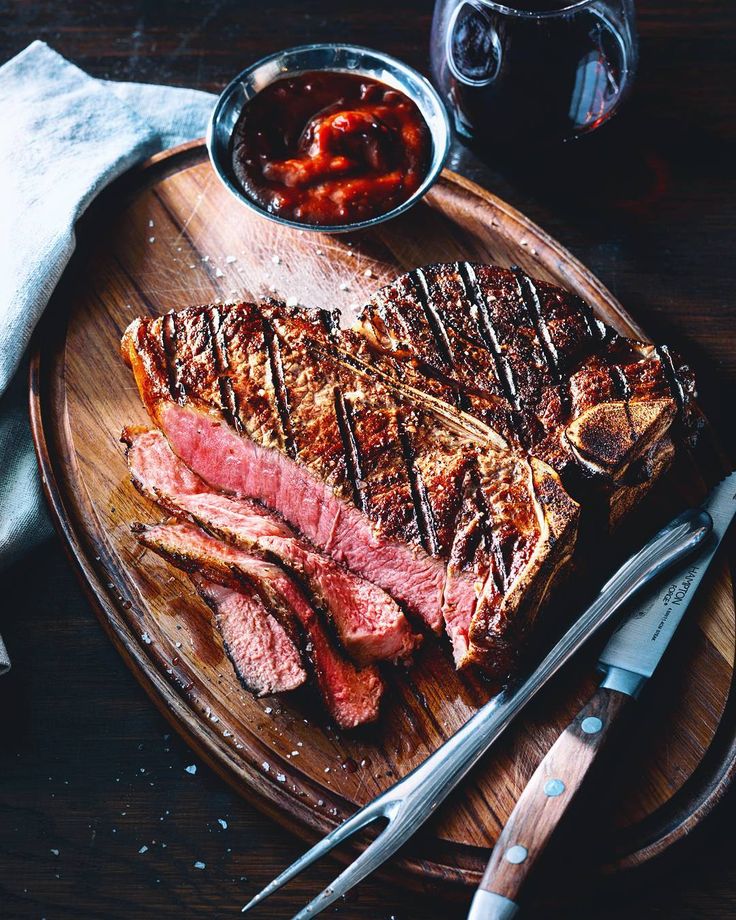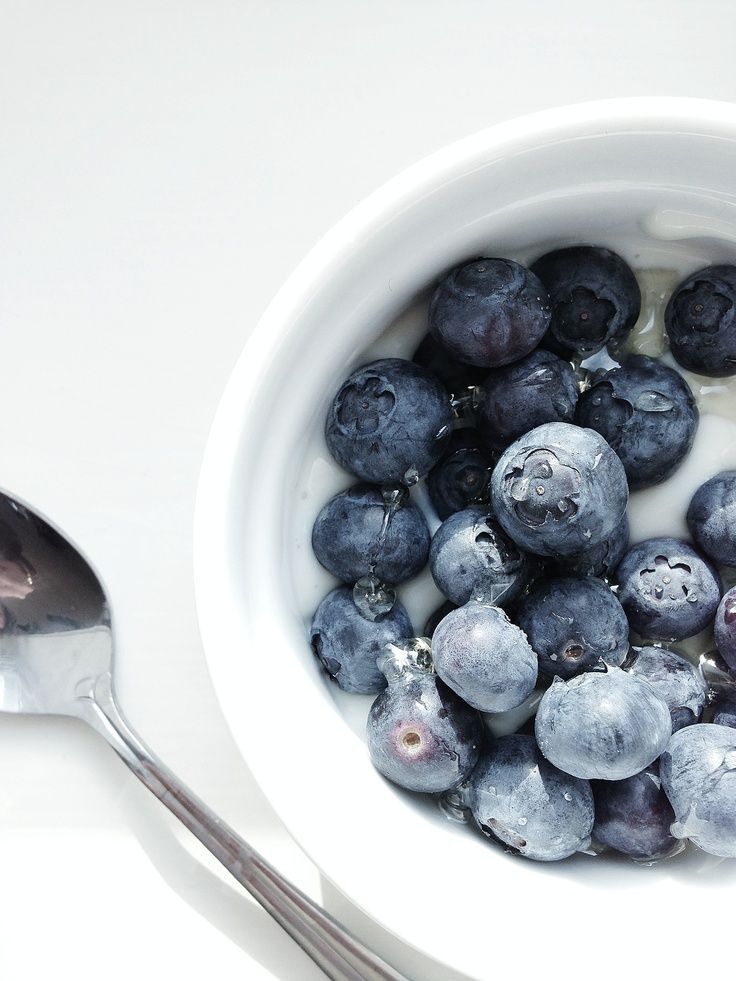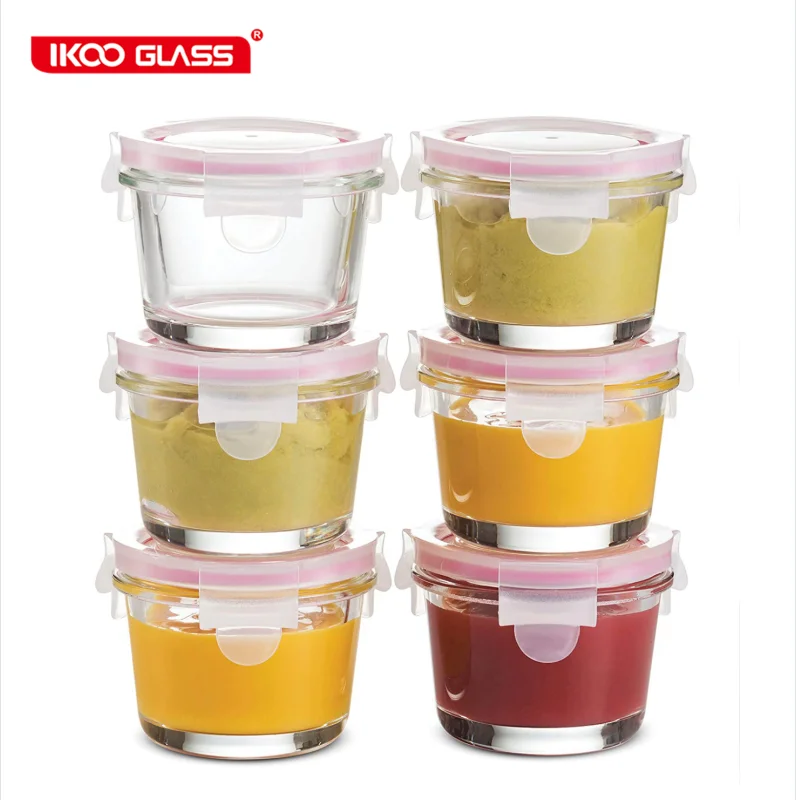Baby food mix ideas
Best Baby Food Combinations (50 Easy Recipe Ideas + Tips)
Learn this simple approach to making baby food combinations with this master list of ideas. With this post, you’ll always have ideas for easy baby meals that both taste great and are realistic for you to execute…even with a busy schedule!
Baby Food Combinations
Moving from single ingredient baby foods to combinations in stage 2 baby food is such a fun stage of feeding babies because things can get so much more flavorful and interesting! And it means that you can batch cook basic purees and then combine them in so many delicious ways to keep things interesting and nutrition varied.
And while I am not opposed to sometimes buying baby food, each of these ideas is super easy—even if you are very busy. I love to have a stash of these in the freezer to use for quick meals in a pinch. (And to be honest, we still use them in the toddler years as easy ways to offer up veggies!)
TIP: Scroll to the recipe at the end of the post for all of the details, and read through the post for answers to common questions and basics about making baby food combos.
Ingredients in Baby Food Combinations
To make the baby foods in this post, you’ll need basic ingredients (that will obviously vary according to which specific puree you choose). The base purees are made with:
- Apples
- Bananas
- Blueberries
- Butternut Squash
- Carrots
- Mango
- Pear
- Peas
- Spinach
- Sweet Potatoes
TIP: Then, to mix things into combinations, you can add in peanut butter, plain whole milk yogurt, Baby Oatmeal, Baby Rice Cereal, and other purees including those made with beans, chicken, pineapple, avocado, peach, and more.
How to Make Stage 2 Baby Food Combinations Step-by-Step
Here’s a look at the simple process involved in making this sort of stage 2 baby food. Scroll down to the bottom of the recipe for the full information.
- Make your base purees.
- Store or freeze until ready to combine.
- Stir together the purees, adding any optional spices or ingredients, until uniform.
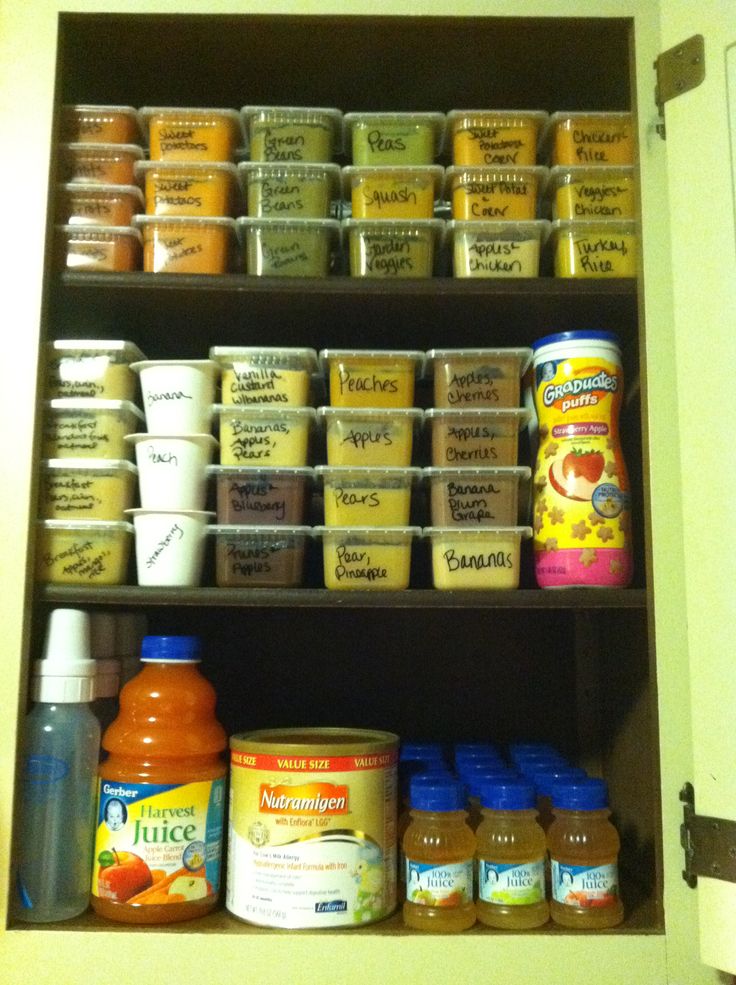
- Serve with a spoon or in a reusable pouch.
TIP: I like to make the single ingredient purees and freeze them, then mix and match frozen cubes of purees into yummy combinations. This ensures that you have flexibility to adjust if baby doesn’t love one combination and that you can change up the flavors you’re offering regularly.
How do you combine baby food?
With the way I do it, you simply make two purees (or one puree if you plan to combine it with something like yogurt or oatmeal) and mix them together. You can really do any combinations that sound good to you. I have 10 base purees and 5 easy combination ideas for you to get started, but then you can totally run with it!
Best Baby Food Containers
For storing baby food, I like these Wean Green Storage Cubes (they are glass and are insanely durable—I’ve been using the same set for 8 years), these Beaba Clip Containers, and these Wee Sprout Containers. My go-to reusable pouches include this silicone one from Squeasy Gear and these Wee Sprouts BPA-free plastic ones. (I prefer the 3 ounce size for babies in both pouch options.)
(I prefer the 3 ounce size for babies in both pouch options.)
Apple Baby Food Ideas
Once you make basic Apple Puree, you can combine it with so many yummy flavors!
- + plain whole milk yogurt = Apple Yogurt
- + Baby Oatmeal = Apple Oatmeal
- + Spinach Puree = Apple Spinach Baby Food
- + Carrot Puree = Apple Carrot Baby Food
- + Butternut Squash Puree = Apple Squash Baby food
Banana Baby Food Ideas
Try these easy combinations that start with Banana Puree.
- + Peanut Butter Puree = Banana Peanut Butter Baby Food
- + plain whole milk yogurt = Banana Yogurt
- + Baby Oatmeal + Banana Oatmeal
- + Bean Puree = Banana Bean Puree
- + Avocado Puree + Banana Avocado Puree
Baby Food Combinations with Blueberries
Start with Blueberry Puree, then transform it into these fun flavors.
- + plain whole milk yogurt = Blueberry yogurt
- + Baby Oatmeal = Blueberry Oatmeal
- + Banana Puree = Blueberry Banana Puree
- + Mango Puree = Blueberry Mango Puree
- + Peach Puree = Blueberry Peach Puree
Baby Food Combinations with Butternut Squash
Smooth Butternut Squash Puree is a great base as it’s rich in nutrients and has a naturally mild flavor.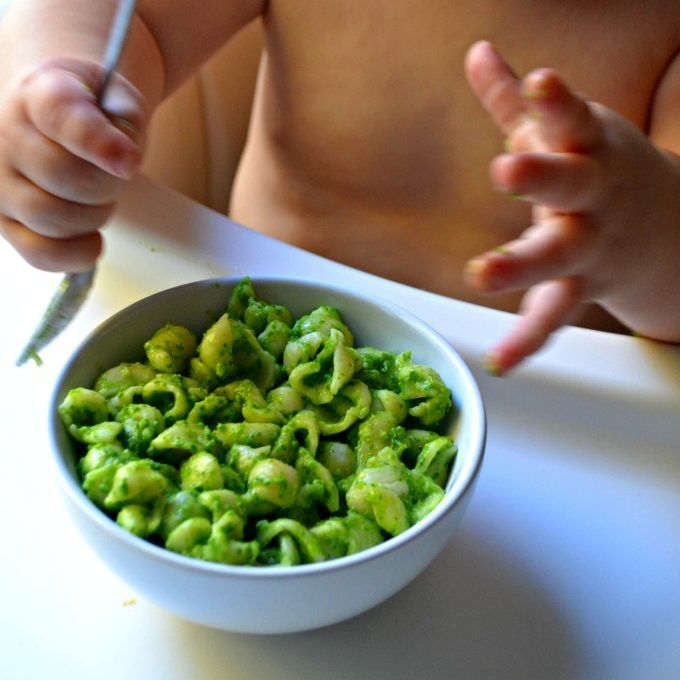 (Any of these would be great with a tiny pinch of cinnamon.)
(Any of these would be great with a tiny pinch of cinnamon.)
- + Pear Puree = Squash Pear Puree
- + Bean Puree = Squash Bean Puree
- + Banana Puree = Squash Banana Puree
- + Applesauce = Squash Apple Puree
- + plain whole milk yogurt = Squash Yogurt
Baby Food Combinations with Carrots
Start with Carrot Puree, then add in new flavors!
- + Apple Puree + Sweet Potato Puree = Carrot Apple Sweet Potato Puree
- + Pear Puree + Sweet Potato Puree = Carrot Pear Sweet Potato Puree
- + Banana Puree = Carrot Banana Baby Food
- + Quinoa Baby Food = Carrot Quinoa Baby Food
- + Bean Puree = Carrot Bean Puree
Baby Food Combinations with Mango
Mango Puree is a cinch to make and is so intensely flavorful—which makes it play really well with other purees!
- + plain whole milk yogurt = Mango Yogurt
- + Baby Oatmeal = Mango Oatmeal
- + Banana Puree = Mango Banana Puree
- + Avocado Puree = Mango Avocado Puree
- + Peach Puree = Mango Peach Puree
Pear Baby Food Combinations
Ripe pears make delicious Pear Baby Food that freezes and combines well.
- + Avocado Puree = Pear Avocado Puree
- + Baby Oatmeal + Cinnamon = Pear Cinnamon Oatmeal
- + Banana Puree = Pear Banana Puree
- + Pea Puree = Pear Pee Puree
- + Carrot Puree = Pear Carrot Puree
Baby Food Combinations with Peas
Keep a bag of frozen peas in the freezer and homemade Pea Puree is just minutes away. Then try:
- + Apple Puree = Pea Apple Puree
- + Pear Puree = Pea Pear Puree
- + Mango Puree = Pea Mango Puree
- + Banana Puree = Pea Banana Baby Food
- + Pineapple Puree = Pea Pineapple Puree
Baby Food Combinations with Spinach
My Spinach Baby food already has peas in it (to ensure it’s smooth and mellow in flavor). You can also combine it with:
- + Apple Puree = Spinach Apple Puree
- + Pear Puree = Spinach Pear Puree
- + plain whole milk yogurt = Savory Spinach Yogurt
- + Quinoa Baby Food and pinch Parmesan cheese = Spinach Parmesan Quinoa
- + Bean Puree = Spinach Bean Puree
Sweet Potato Baby Food Ideas
Start with a batch of Sweet Potato Baby Food and then try these yummy options:
- + Chicken Puree = Sweet Potato Chicken Baby Food
- + Bean Puree = Sweet Potato Bean Puree
- + Applesauce = Sweet Potato Applesauce
- + Carrot Puree + Cinnamon = Cinnamon Sweet Potato Carrot Puree
- + Bean Puree + Cumin = Mexican Sweet Potato Bean Puree
How to Store Baby Food—and Send it to Daycare
I prefer to freeze batches of baby food in a silicone ice cube tray overnight, transfer it to a zip top freezer bag, then store it until I’m ready to serve or combine it. You can then mix and match from the single ingredient purees you have in the freezer by adding a cube or two of two purees to a container. If you do that the night before you plan to serve the food, it will thaw and be ready to stir together.
You can then mix and match from the single ingredient purees you have in the freezer by adding a cube or two of two purees to a container. If you do that the night before you plan to serve the food, it will thaw and be ready to stir together.
This makes it easy to batch cook and have a lot of option to feed baby at home or at daycare.
Tips for Making the Best Baby Food Combinations (Stage 2 & Stage 3)
- These Stage 2 baby foods are great to introduce after baby has started solids with single ingredient baby foods.
- For a 6 month old baby, 1-2 tablespoons baby food may be plenty for a single serving. For a 9 month old baby, they might want ¼ cup or more.
- Adjust the servings based on your child’s hunger, using a roughly one to one ratio of the purees in each combination.
- Read more about the differences in Baby Food Stages here.
- Find my best tips for Baby Food Storage here.
- Add in a little mashed avocado, coconut oil, or Prune Puree to help with baby constipation.
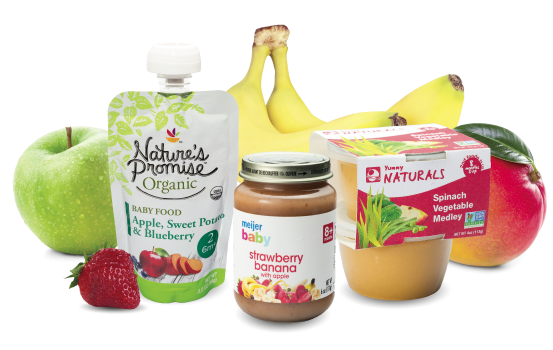
- Serve with a spoon or in a reusable pouch.
I’d love to hear your feedback on these ideas, so please comment and rate the recipe ideas below! I appreciate all of your comments so much.
Prep Time 15 minutes
Cook Time 10 minutes
Total Time 25 minutes
Author Amy Palanjian
Cuisine American
Course Baby Food
Calories 5kcal
Servings 6
1-2 tablespoons Butternut Squash Puree and with one of the following
- ▢ 1-2 tablespoons Pear Puree
- ▢ 1-2 tablespoons Bean Puree
- ▢ 1-2 tablespoons Banana Puree
- ▢ 1-2 tablespoons Applesauce
- ▢ 1-2 tablespoons plain whole milk yogurt
1-2 tablespoons Spinach Puree and one of the following:
- ▢ 1-2 tablespoons Apple Puree
- ▢ 1-2 tablespoons Pear Puree
- ▢ 1-2 tablespoons plain whole milk yogurt
- ▢ 1-2 tablespoons Quinoa Baby Food and pinch Parmesan cheese
- ▢ 1-2 tablespoons Bean Puree
1-2 tablespoons Sweet Potato Puree and one of the following:
- ▢ 1-2 tablespoons Chicken Puree
- ▢ 1-2 tablespoons Bean Puree
- ▢ 1-2 tablespoons Applesauce
- ▢ 1-2 tablespoons Carrot Puree and pinch cinnamon
- ▢ 1-2 tablespoons Bean Puree and pinch cumin
Prepare each puree.
 Freeze in a silicone ice cube tray, transferring the cubes to a freezer bag once solid, or store in the refrigerator as needed.
Freeze in a silicone ice cube tray, transferring the cubes to a freezer bag once solid, or store in the refrigerator as needed.Place roughly equal amounts of the two (or more) purees you plan to combine into a bowl. Stir together. (If the purees are frozen, place a cube or two of each into a bowl or storage container. the night before you plan to serve and let thaw overnight in the fridge before stirring together. Or thaw at room temperature for about 2 hours.)
Serve or store for later.
Mixing Bowl
Reusable Pouch
Silicone Ice Cube Tray
- Taste the purees and add more of a sweeter one if needed.
- Add small pinches of spices like cinnamon, ground ginger, and cumin to add flavor.
- Add small pinches of ground flaxseed to add healthy fats.
- Serve with a baby spoon or in a reusable pouch.
- Pack for daycare if needed in small airtight containers.
- Serve cold or warm just slightly.

- If. baby has a dairy intolerance, use a nondairy, unsweetened nondairy yogurt.
- If baby has a nut allergy, use a nut-free alternative that's unsweetened such as Sunbutter.
Calories: 5kcal, Carbohydrates: 1g, Protein: 1g, Fat: 1g, Saturated Fat: 1g, Polyunsaturated Fat: 1g, Monounsaturated Fat: 1g, Cholesterol: 1mg, Sodium: 2mg, Potassium: 11mg, Fiber: 1g, Sugar: 1g, Vitamin A: 30IU, Vitamin C: 1mg, Calcium: 5mg, Iron: 1mg
Tried this recipe?Rate in the comments and tag @yummytoddlerfood on IG!
6 Baby Food Combinations (Stage 2)
6 easy and tasty baby food combination recipes: Sweet Potato Apple, Asparagus Apple, Blueberry Banana Quinoa Flax, Peach Pear, Avocado Peach Pineapple Kale and Pineapple Mango.
Earlier this week I shared a recipe for carrot baby food, which is a great first food for babies. Today I’m sharing 6 baby food combinations that work for babies who are a little older, around 6-8 months. The combos I’m sharing are mostly fruit and vegetables, but there is one combo with quinoa and flaxseed as well. All of these combos have been taste-tested and approved by Olivia. She gobbled up each of them!
The combos I’m sharing are mostly fruit and vegetables, but there is one combo with quinoa and flaxseed as well. All of these combos have been taste-tested and approved by Olivia. She gobbled up each of them!
Baby not ready for stage 2? I’ve got a collection of 10 baby food purees for stage 1 eaters!
The recipes I’m sharing here are just to give you some ideas of how to make different baby food combos, but there are so many other combos you can make – the options are endless and it’s fun to get creative!
Just last week I made a new combo inspired by carrot cake with steamed carrots, pineapple, ginger, nutmeg and cinnamon. I’ve also been making Olivia peanut butter banana oatmeal (with quick oats) and chia pudding made with breast milk. She loves both!
I haven’t introduced Olivia to meat, but we’ve given her eggs and I’m hoping to have her try meat soon. I’ll likely start with salmon since it’s packed with so many nutrients. Fingers crossed she likes it!
How to Make a Fruit or Veggie Puree
Alight, so let’s cover the basics first… how to make a basic baby food puree with fruit or veggies.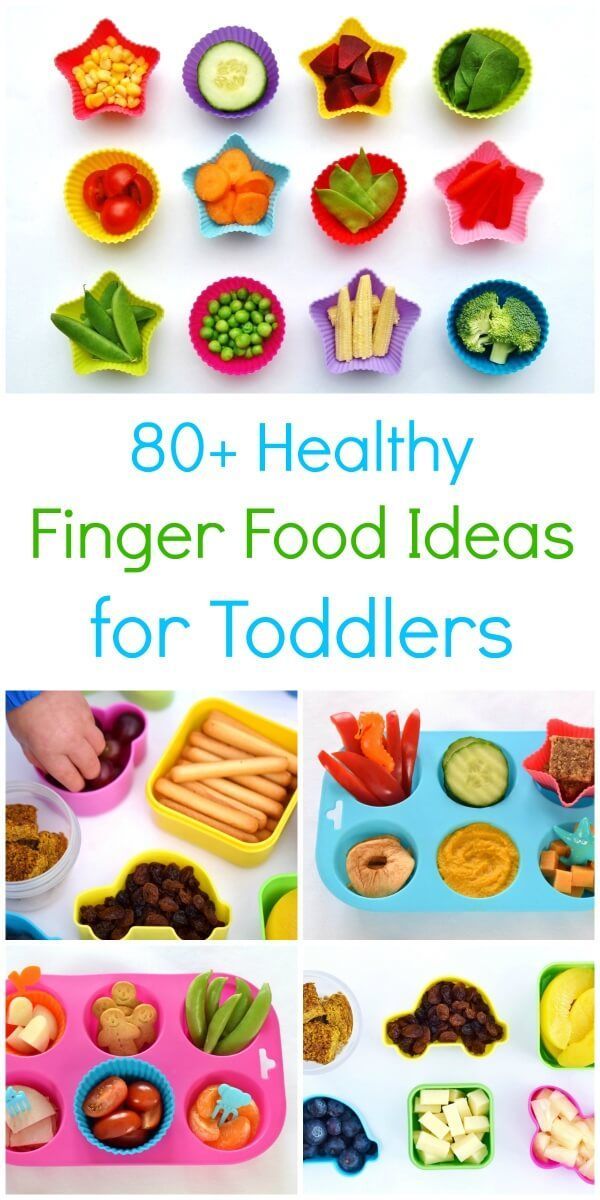 It’s actually really easy. That said, if you’re brand new to making baby food purees it might be helpful to review my homemade carrot puree or sweet potato puree recipe. Here’s the basic process:
It’s actually really easy. That said, if you’re brand new to making baby food purees it might be helpful to review my homemade carrot puree or sweet potato puree recipe. Here’s the basic process:
- Prep: wash the fruit/veggies with water. Peel and chop into smaller pieces. Some fruits and veggies don’t need to be peeled because once they’re cooked the peel will come right off.
- Cook: cook the fruit/veggies by steaming, boiling or roasting. You’ll know it’s done when the veggies are soft and tender. I like to use a fork to test this. If it goes in really easily, I know it’s done. Let cool and peel (if you waited to peel).
- Blend: place cooked fruit/veggies into a blender or food processor and blend until smooth (or the consistency you desire), adding liquid (water, breast milk or formula) as needed.
Do You Need to Steam Fruits and Veggies for Baby?
It’s recommended that most fruits and veggies are steamed (or cooked) before serving until baby reaches around 8 months of age.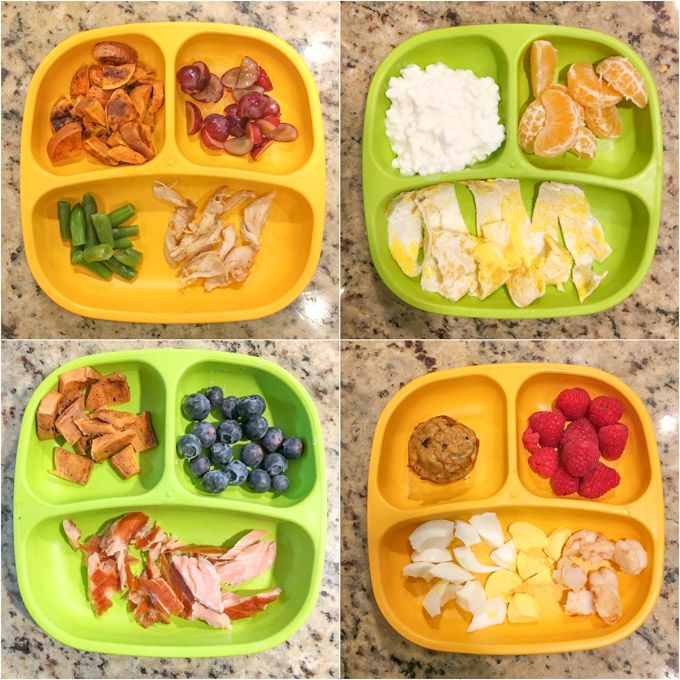 Some foods require cooking (like apples and sweet potatoes), just so they’re soft enough to puree. For softer foods (like a ripe peach or blueberries) steaming/cooking is optional, but helpful for babies 6-8 months of age because cooking makes the food easier to digest and baby will able to absorb more nutrients from the food. As you’ll see in my recipes below, I like to use a steamer basket to steam most of my fruit and veggies before pureeing.
Some foods require cooking (like apples and sweet potatoes), just so they’re soft enough to puree. For softer foods (like a ripe peach or blueberries) steaming/cooking is optional, but helpful for babies 6-8 months of age because cooking makes the food easier to digest and baby will able to absorb more nutrients from the food. As you’ll see in my recipes below, I like to use a steamer basket to steam most of my fruit and veggies before pureeing.
Bananas and Avocado
Bananas and avocado are the exception and they are great options to have on hand because you can easily just mash, thin with liquid (if needed) and serve.
How to Make Baby Food Combinations
For all of these combination recipes, I steamed each fruit/veggie separately and then made the combos using the measurements I share in the recipes. I did it this way because I was batching all of these combos at once and I’m only able to fit so much in one pot, but also because the steam time varies for most fruits and veggies (see below). Of course, you will find some recipes (on other sites) that involve cooking the items that are combined all together, but I found it easier just to steam all of my ingredients separately, measure and then blend them together. Do what feels easiest for you!
Of course, you will find some recipes (on other sites) that involve cooking the items that are combined all together, but I found it easier just to steam all of my ingredients separately, measure and then blend them together. Do what feels easiest for you!
How to Blend Baby Food
Once your fruit/veggies are cooked, it’s time to blend. For this you can use a blender, food processor or even an immersion blender. I’ve been using my Vitamix and LOVE it for making baby food because it’s really powerful and makes the blends so smooth and creamy. Some foods don’t need to be blended for babies who are okay with a more chunky texture. You can simply mash them well with a fork.
Peeling the Fruit and Veggies
I highly recommend peeling your fruits and veggies because peeling results in smoother purees and makes the food easier for baby to digest. Some foods, like carrots, should be peeled before cooking, but other foods like sweet potato, apples, peaches and pears tend to have skin that peels right off after steaming.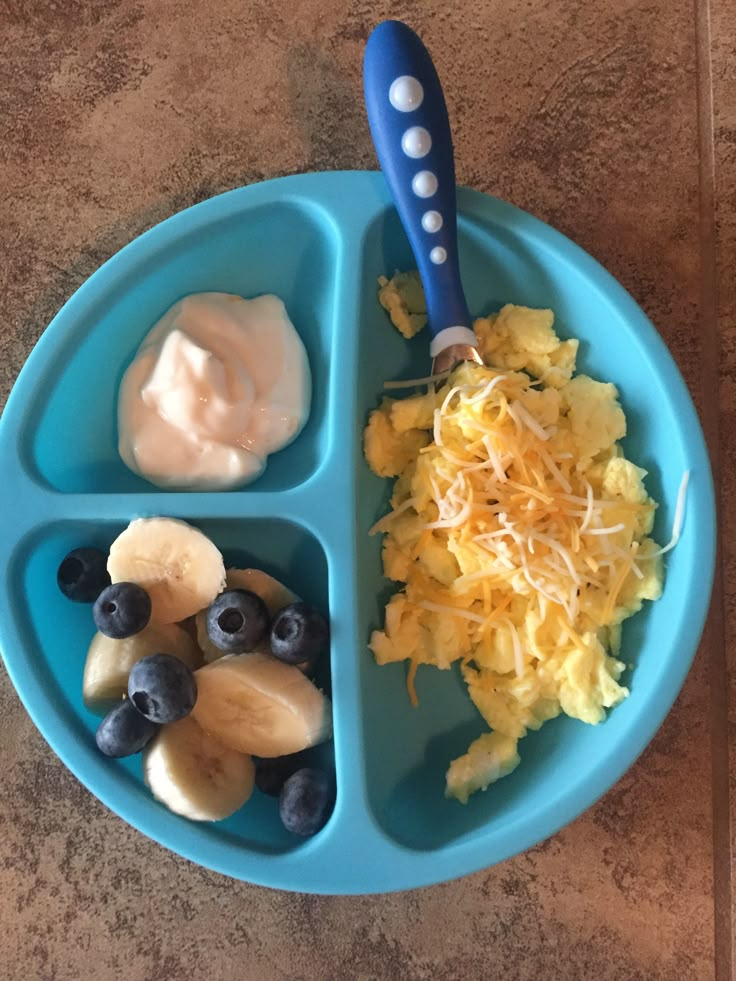 Ultimately it’s up to you whether you want to peel the fruit/veggies before or after steaming. Test it both ways and decide which option is easier for you. I’m team peel after steaming!
Ultimately it’s up to you whether you want to peel the fruit/veggies before or after steaming. Test it both ways and decide which option is easier for you. I’m team peel after steaming!
- 1 avocado
- 1 bunch of kale
- 1 sweet potato
- 1 bunch asparagus
- 1 banana
- 2 apples
- 2 pears
- 4 peaches
- 1 pint blueberries
- 1 pineapple
- 1 mango
- quinoa
- ground flax
Steaming Time For the Fruits and Veggies
As I mentioned above, it’s recommended that most fruits and veggies (even soft ones) are steamed (or cooked) before serving babies who are 6-8 months. If your baby is older you can experiment with using fresh blueberries, peaches, pears, pineapple and mango that hasn’t been steamed, so long as the fruit is ripe and soft. I actually used fresh blueberries when making the blueberry banana quinoa flax combo.
- Sweet potato: 12-15 minutes
- Apple: 10-12 minutes
- Asparagus: 7-13 minutes
- Blueberries: 5-10 minutes
- Peach: 2-4 minutes
- Pear: 10-12 minutes
- Pineapple: 5-10 minutes
- Mango: 5-10 minutes
Frozen fruit and veggies also work for these recipes. You’ll likely just need to steam them a bit longer.
You’ll likely just need to steam them a bit longer.
6 Easy Baby Food Combinations
Here are six different baby food combinations. I’ve listed them in order of the level of complexity from the least complex (peach pear) to most complex (blueberry banana quinoa and flax).
Peach PearIngredients: 2 steamed and peeled pears and 3 steamed and peeled peaches + water or breast milk to thin (if needed)
Asparagus AppleIngredients: 1 bunch of steamed asparagus, 1 steamed and peeled apple + water or breast milk to thin
Sweet Potato Apple CinnamonIngredients: 1 steamed and peeled sweet potato, 1 steamed and peeled apple, pinch of cinnamon + water or breast milk to thin
Avocado Peach Pineapple KaleIngredients: 1 avocado, 1 steamed and peeled peach, 1/2 cup steamed pineapple and 1/2 cup of steamed kale + water or breast milk to thin (if needed)
Pineapple MangoIngredients: 1 cup steamed pineapple + 1 cup steamed mango + water or breast milk to thin (if needed)
Blueberry Banana Quinoa Flax
Ingredients: 1 pint steamed blueberries, 1/2 cup cooked quinoa, 1 ripe banana, 2 Tablespoons of ground flaxseed + water or breast milk to thin (if needed)
How to Store Homemade Baby Food
Once you have the baby food blended to the consistency you want, let the mixture cool and then transfer into BPA-free storage containers or into an ice cube tray. I’ve been using silicone ice cube trays and these 4 oz glass storage containers. The ice cube trays are great for younger babies who aren’t eating as much volume because you can defrost one cube at a time. While the 4 oz jars are great for older babies who are eating more than 1 oz at a time.
I’ve been using silicone ice cube trays and these 4 oz glass storage containers. The ice cube trays are great for younger babies who aren’t eating as much volume because you can defrost one cube at a time. While the 4 oz jars are great for older babies who are eating more than 1 oz at a time.
We had the ice cube trays on hand, and I just recently bought the WeeSprout glass storage containers that are specifically for baby food. I like that they have measurements on the side of the jars and that they’re glass instead of plastic (no worry about BPA). They are also freezer, dish-washer and microwave-safe. Plus they come with colorful lids that you can write on with a dry eraser marker to note the item and date.
When using the ice cube trays, I like to let the food freeze overnight (or until solid) and then transfer the cubes to a freezer bag so I can free up the ice cube tray for more food prep. I used plastic freezer bags for these photos but have since purchased reusable Stasher bags to use.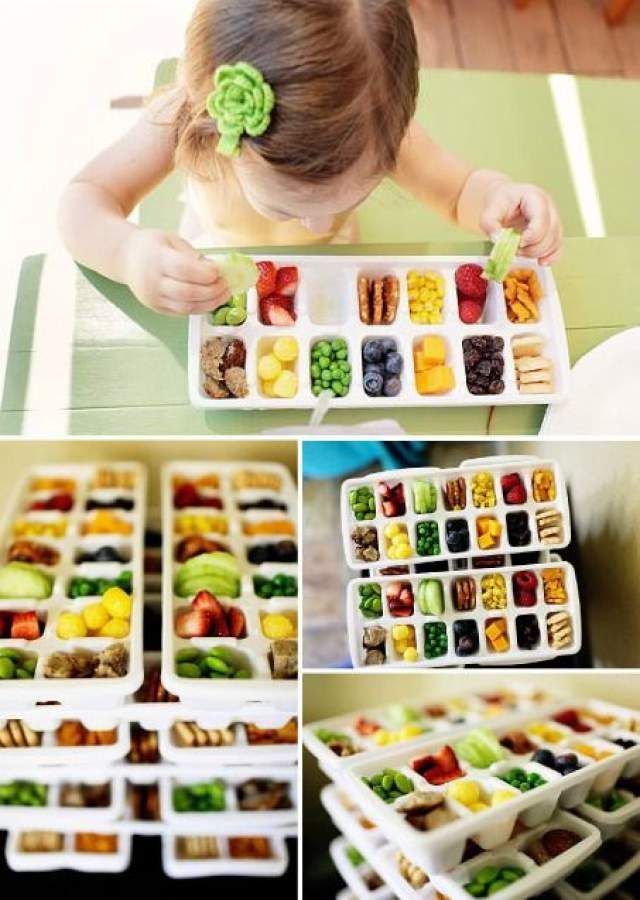 They’re freezer safe and non-toxic and a healthier option for the environment.
They’re freezer safe and non-toxic and a healthier option for the environment.
The baby food combos will keep in the fridge for 2-3 days and in the freezer for up to 3 months.
Can You Freeze Baby Food Made with Frozen Fruit or Veggies?
Yes, you can freeze baby food that has been made with frozen fruit or veggies as long as you have cooked the frozen foods first. You shouldn’t let frozen foods thaw (without cooking), puree and re-freeze.
Can You Freeze Baby Food Made with Breast Milk or Formula?
Freezing baby food that has been mixed with fresh breast milk is totally fine, however you should not freeze baby food that has been mixed with previously frozen breast milk. Frozen and thawed breast milk should never be re-frozen.
Most formula companies don’t recommend freezing formula, but from what I’ve read it’s okay to freeze homemade baby food that has been mixed with formula to thin.
Another option is to freeze the baby food purees without adding any liquid.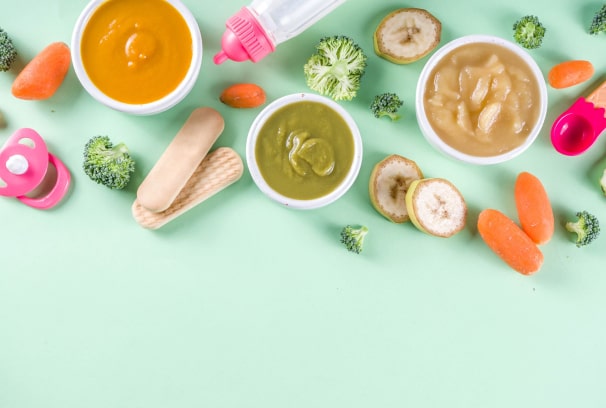 With this method you can thaw the baby food puree in the fridge overnight and then thin the food to the desired texture with breast milk or formula right before serving.
With this method you can thaw the baby food puree in the fridge overnight and then thin the food to the desired texture with breast milk or formula right before serving.
This post all about freezing baby food has a ton of great insight and tips.
Don’t Forget to Label
I highly recommend labeling any baby food you make before storing it! It’s amazing how quickly you forget what day you prepped the food once it goes into the fridge or freezer. #mombrain
How to Reheat or Thaw Frozen Baby Food
To thaw frozen baby food, I recommend taking the jar out of the freezer the night before you want to use it so it can defrost in the fridge overnight. If you need to use it right away, you can thaw it using a water bath. Some people will recommend microwaving the frozen puree using the defrost setting, but I prefer these two methods:
- Defrost in the refrigerator: Place frozen puree cubes into a jar or baby’s serving dish, cover, and place in the refrigerator overnight.
 If you stored the puree in a jar or storage container, simply place the jar the fridge.
If you stored the puree in a jar or storage container, simply place the jar the fridge. - Water bath: Place frozen pureed cubes in a small container and set in another larger container with warm water. Replace the water as needed. Once defrosted, portion the food into individual bowls, cover, and refrigerate until serving.
Be sure to use any of the defrosted food within 48 hours of being defrosted and do not re-freeze.
More Recipes for Babies and Toddlers
- 10 Baby Food Purees (Stage 1)
- Baby Pancakes
- How to Make Oatmeal For Babies
- Carrot Baby Food
- Peach Baby Food
- Baby (+ Toddler) French Toast
- Applesauce
- Baby Yogurt Melts
- Butternut Squash Puree
- Sweet Potato Puree
6 Baby Food Combinations
4 from 93 votes
6 easy and tasty baby food combo recipes: Sweet Potato Apple, Asparagus Apple, Blueberry Banana Quinoa Flax, Peach Pear, Avocado Peach Pineapple Kale and Pineapple Mango.
Print Recipe Pin Recipe
Prep Time 10 minutes
Cook Time 20 minutes
Total Time 30 minutes
Servings 6
Peach Pear
- 3 steamed and peeled peaches
- 2 steamed and peeled pears
- water, breast milk or formula to thin (I didn’t need extra liquid for this one)
Asparagus Apple
- 1 bunch of steamed asparagus
- 1 steamed and peeled apple
- water, breast milk or formula to thin
Sweet Potato Apple Cinnamon
- 1 steamed and peeled sweet potato
- 1 steamed and peeled apple
- pinch of cinnamon
- water, breast milk or formula to thin
Avocado Peach Pineapple Kale
- 1 avocado
- 1 steamed and peeled peach
- 1/2 cup steamed pineapple
- 1/2 cup of steamed kale
- water, breast milk or formula to thin (I didn’t need extra liquid for this one)
Pineapple Mango
- 1 cup steamed pineapple
- 1 cup steamed mango
- water, breast milk or formula to thin (I didn’t need extra liquid for this one)
Blueberry Banana Quinoa Flax
- 1 pint steamed blueberries
- 1/2 cup cooked quinoa
- 1 ripe banana
- 2 Tablespoons of ground flaxseed
- water, breast milk or formula to thin (I didn’t need extra liquid for this one)
Pick which combo you want to make, steam the fruits and veggies (using the steam times listed in my chart above).
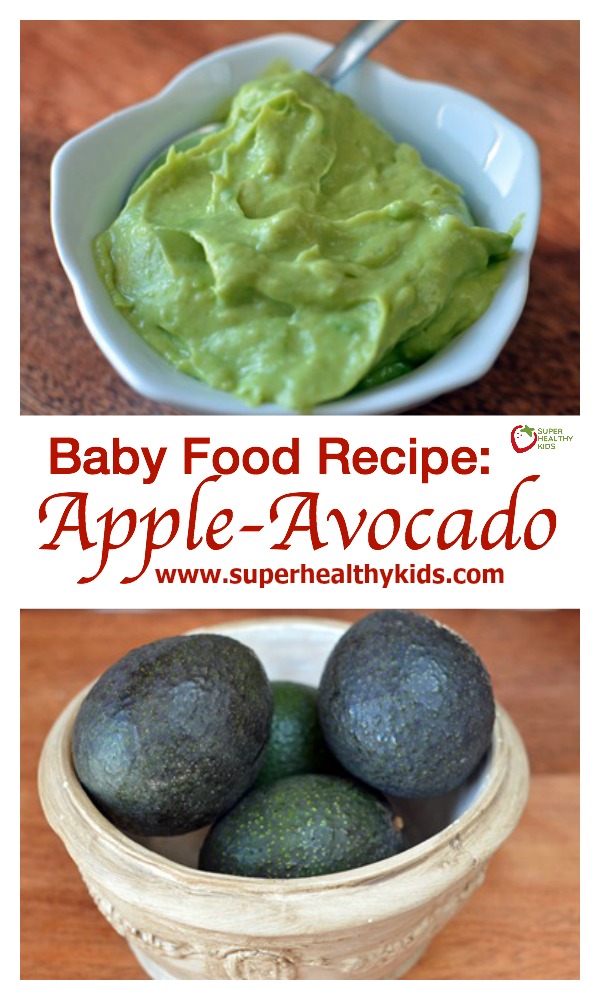
Add all ingredients for the combo you’re making into a high powered blender or a food processor. Blend until you reach the consistency you desire. You can make the purees smooth and more liquidy for young babies or thicker and chunkier for older babies.
Serving: 1/6 of peach pear recipe Calories: 63kcal Carbohydrates: 16g Protein: 1g Sodium: 1mg Potassium: 211mg Fiber: 3g Sugar: 12g
DID YOU MAKE THIS RECIPE?
Please leave a comment and star rating on this post and share on social media using the hashtag #eatingbirdfood. I love seeing your recipe shares!HOW RUSSIAN MANUFACTURERS ARE PLANNING TO CHANGE THE MARKET FOR DRY BABY FOOD
What is preventing Russia from starting the production of infant formula, how colostrum can help solve this problem (and what it is), and how to stimulate the immune system of children using safe biotechnologies, says Indicator .Ru.
In early February, Senator Eduard Rossel made a loud statement - foreign baby food is dangerous, because it can be used to regulate genes. For average readers and politicians (experience shows that it is most often unrealistic to expect scientific accuracy from the latter), the gesture went with a bang: the Internet began to boil, and the topic of import substitution in the field of baby food began to be stepped up in the government. However, this met with indignation among scientists and popularizers of science (for example, Alexander Panchin). Disputes about genetic engineering led to a departure from the main problem: in Russia, there is not enough baby food, especially for newborns, and what is produced is made from imported raw materials.
For average readers and politicians (experience shows that it is most often unrealistic to expect scientific accuracy from the latter), the gesture went with a bang: the Internet began to boil, and the topic of import substitution in the field of baby food began to be stepped up in the government. However, this met with indignation among scientists and popularizers of science (for example, Alexander Panchin). Disputes about genetic engineering led to a departure from the main problem: in Russia, there is not enough baby food, especially for newborns, and what is produced is made from imported raw materials.
Why is this needed?
Powdered infant formulas (breast milk substitutes) are made from protein concentrate, which in turn is made from whey, a by-product, in fact, a waste product of cheese making. It is sweet cheese whey that is used for the production of SDS90 - dry demineralized whey - a key component of infant nutrition. It would seem that we already have enough of this goodness: every now and then politicians (and companies) speak out about millions of tons of whey that are wasted.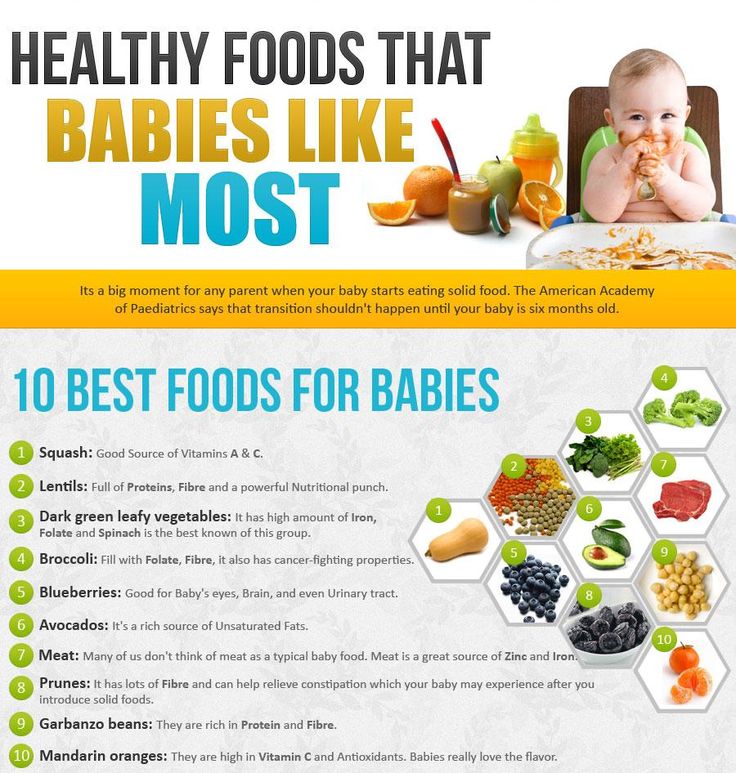 Last year, the consulting company NEO Center, for example, estimated that only 21% of whey in Russia is recycled. Therefore, stories about foreign raw materials, on the supply of which domestic producers are dependent, sound like unfounded horror stories. These sentiments are echoed by radical proponents of breastfeeding.
Last year, the consulting company NEO Center, for example, estimated that only 21% of whey in Russia is recycled. Therefore, stories about foreign raw materials, on the supply of which domestic producers are dependent, sound like unfounded horror stories. These sentiments are echoed by radical proponents of breastfeeding.
The reality is more complicated. More than 60% of breastfeeding mothers around the world transfer their children to artificial feeding, in whole or in part, before the age of six months, and in the United States and other technologically advanced countries this figure is even higher - up to 88%. Among the reasons may be the health of the mother, and the characteristics of the development of the child, and the aesthetic needs of the woman, and the impossibility of a long maternity leave. All these factors cannot be canceled, even though the World Health Organization recognizes breast milk as the best option.
However, breast milk may simply not be enough, especially in the case of premature babies with low birth weight.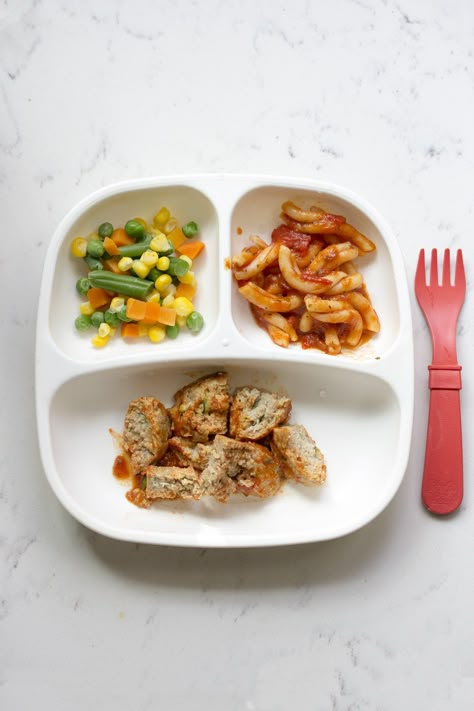 What can we say about orphans, as well as newborns with allergies and metabolic disorders, who may require very specific nutrition. Therefore, the idea of breast milk substitutes is not new: as early as the end of the 19th century, mixtures of powdered cow's milk, flour and sugar began to be used as them. Today in Russia, the percentage of children on artificial nutrition varies, according to various estimates, from 35 to 60% - thus, this is the daily need for just over a million children under the age of six months.
What can we say about orphans, as well as newborns with allergies and metabolic disorders, who may require very specific nutrition. Therefore, the idea of breast milk substitutes is not new: as early as the end of the 19th century, mixtures of powdered cow's milk, flour and sugar began to be used as them. Today in Russia, the percentage of children on artificial nutrition varies, according to various estimates, from 35 to 60% - thus, this is the daily need for just over a million children under the age of six months.
“Every mother has to pay 40-50% more”
What is the situation with baby food in our country now? For SDS90, as we remember, only the whey left from the production of cheeses is suitable, and even then not all. Cottage cheese, which is very abundant in Russia, will be too sour. Traditionally, the situation with cheeses in the country is not very good, it will not be possible to correct this situation quickly and easily (and it is not entirely clear whether it is worth it).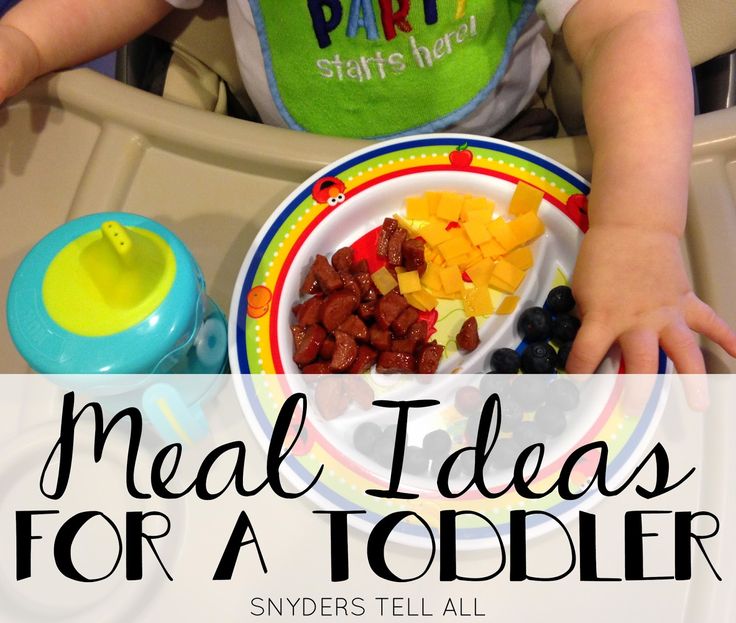 For the production of 1700-2000 tons of protein (according to Rosstat, about the same amount is needed to cover the annual need for infant formula) from cheese whey, about two million tons of milk per year will be required, and this is 350 thousand additional cows that need almost one and a half million hectares of land - not to mention the wages of tens of thousands of workers, the construction of farms and equipment. In addition, the increase in the number of cows has an extremely negative impact on the ecological situation, and this is precisely what caused the closure of farms in countries struggling to reduce anthropogenic pressure.
For the production of 1700-2000 tons of protein (according to Rosstat, about the same amount is needed to cover the annual need for infant formula) from cheese whey, about two million tons of milk per year will be required, and this is 350 thousand additional cows that need almost one and a half million hectares of land - not to mention the wages of tens of thousands of workers, the construction of farms and equipment. In addition, the increase in the number of cows has an extremely negative impact on the ecological situation, and this is precisely what caused the closure of farms in countries struggling to reduce anthropogenic pressure.
The situation with baby formulas in Russia has always been not very favorable: until the 1990s, about a dozen plants were engaged in their production, but now there are only three of them, with five main suppliers. “Almost 40% of the market is occupied by Nestle, slightly less by Danon, 11% by Abbott Lab, almost 5% by Friesland Campina, and a little less by other foreign manufacturers,” says Sergey Maizel, head of the largest dairy production in the Sverdlovsk region Milk whale”, initiator of the project for the production of protein components of baby food.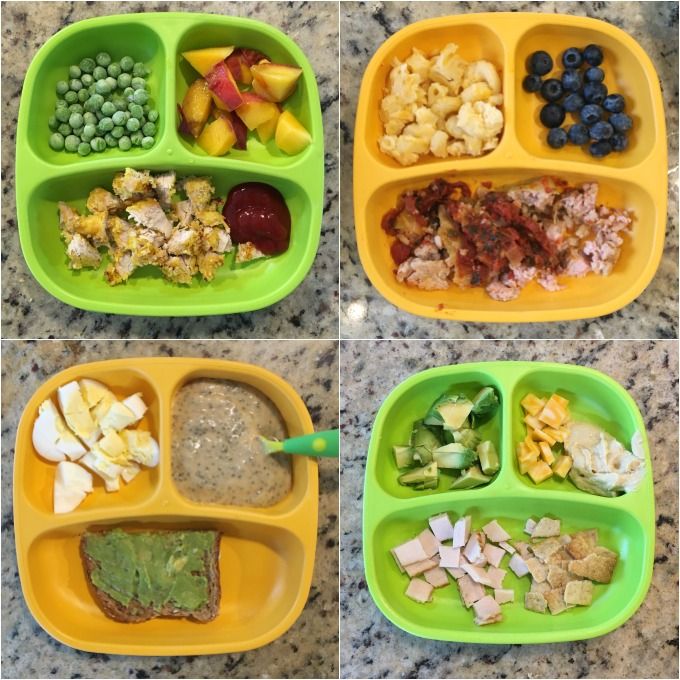
Domestic manufacturers occupy an insignificant share of the ready-mix market: in 2019, the only Russian manufacturer, JSC Infaprim, accounted for only 6.2% of the market. But this production also partially works on imported raw materials - in Russia today there is no adequate industrial production of protein isolates of the required level of purity and safety.
Of course, it is more profitable to buy some goods from outside than to organize production at home. But, firstly, if, under the CAATSA law (Countering America's Adversaries Through Sanctions Act, "On countering America's adversaries through sanctions"), the supply of protein components of breast milk substitutes is stopped, you will have to quickly establish your own production in an emergency mode (as it was, for example, with feed additives for animal husbandry), and when it comes to the actual pharmaceutical level of requirements, this is not so easy. “This is a very technologically sophisticated product: with a maximum level of demineralization, with a clearly defined microbial composition, no ash content, guaranteed thermal stability.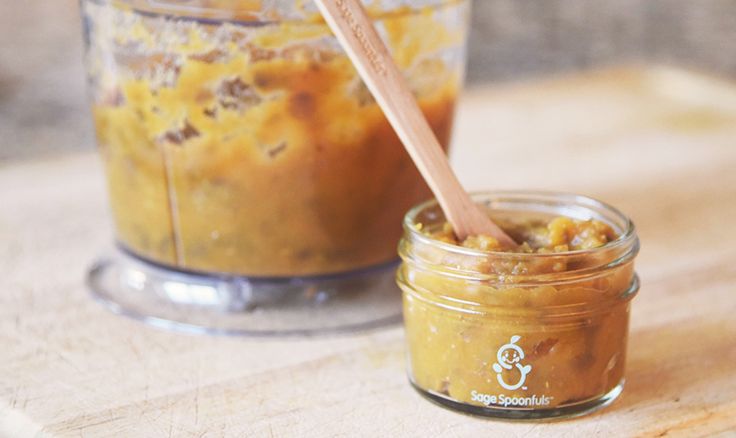 Only then can the mixture be safe enough for children under six months old, whose kidneys and intestines are not yet fully developed, ”explains Aleksey Lysyakov, General Director of Infaprim.
Only then can the mixture be safe enough for children under six months old, whose kidneys and intestines are not yet fully developed, ”explains Aleksey Lysyakov, General Director of Infaprim.
Secondly, the prices for imported mixtures are rising due to transportation costs, freight, customs duties, wholesale and retail margins - that is, the income of all intermediate participants in the supply, each of which naturally wants to make a profit. “As a result, each mother has to pay 40-50% more,” Meisel says. “Besides, we cannot organize total control over the composition of imported mixtures, and no one is immune from such situations as the melamine scandal.”
The scandal in question occurred in 2008, when Chinese manufacturers were accused of adding melamine to milk, which increased the measured protein content of formula milk. This can also happen by accident if, for example, a dye for packaging gets into the product during production. The ploy proved fatal: in China alone, more than 50,000 babies were hospitalized with kidney damage, and several children died.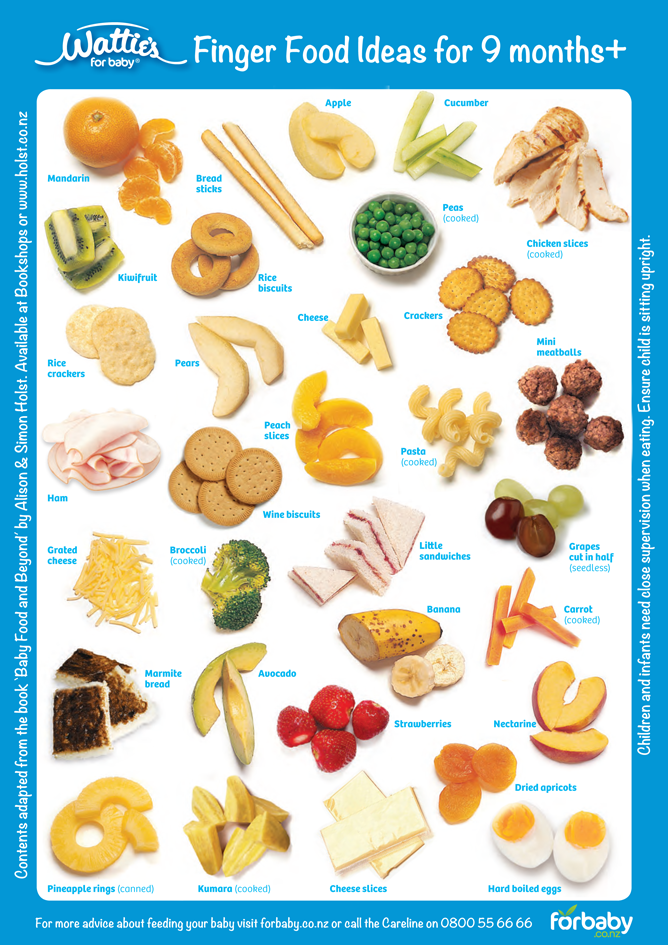 This situation, unfortunately, is not the only one: in 2013, botulism bacillus was found in the formulas of the largest New Zealand company Fonterra, in 2017, salmonella got into the French baby formulas Lactalis. Indeed, by establishing quality control over the mixtures we produce, we could track and prevent such situations.
This situation, unfortunately, is not the only one: in 2013, botulism bacillus was found in the formulas of the largest New Zealand company Fonterra, in 2017, salmonella got into the French baby formulas Lactalis. Indeed, by establishing quality control over the mixtures we produce, we could track and prevent such situations.
Third, the production of baby food must take into account the environmental risks that easily lead to production shutdowns and global shortages. A very recent story: the recent fires in Australia caused the complete cessation of the operation of factories for the production of breast milk substitutes both in Australia itself and, which is even more frightening, in New Zealand - one and a half thousand kilometers from the cataclysm zone. The break in work lasted several months - until the final disappearance of the consequences of fires in the atmosphere. The fact is that in the process of drying raw materials in such industries, incoming air is used, which, of course, is cleaned.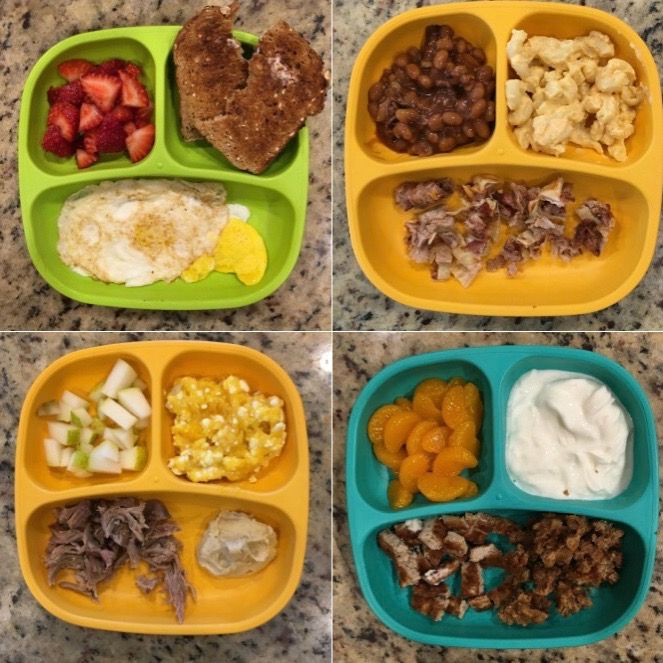 But the remains of smoke and carbon monoxide cannot be completely removed, and they get into the final product, which is unacceptable according to the safety standards of baby food. Russian manufacturers - the same "Infaprim" - faced the same situation of forced freezing of production in the summer of 2010, when smog hung over the Moscow region from peat fires. It is scary to imagine how the shutdown of, for example, factories in Ireland, which produce 700 thousand tons of breast milk substitutes per year and are the main suppliers of products on the Eurasian continent, could affect the world market.
But the remains of smoke and carbon monoxide cannot be completely removed, and they get into the final product, which is unacceptable according to the safety standards of baby food. Russian manufacturers - the same "Infaprim" - faced the same situation of forced freezing of production in the summer of 2010, when smog hung over the Moscow region from peat fires. It is scary to imagine how the shutdown of, for example, factories in Ireland, which produce 700 thousand tons of breast milk substitutes per year and are the main suppliers of products on the Eurasian continent, could affect the world market.
Domestic technologies
Meanwhile, Russia is actively developing its own technologies for the production of powdered infant formula not from whey, but directly from cow's milk enriched with colostrum, which is secreted from the cow's mammary glands in the first days after childbirth. Bovine colostrum, which is not actively used in production in Russia, unlike many developed countries, has an increased content of “small” whey proteins and other useful substances, including lactoferrin, immunoglobulins and peroxidase. Lactoferrin, which is also found in human breast milk (as well as in blood, saliva and other body fluids) may reduce the risk of nosocomial sepsis and enterocolitis in preterm infants, and helps absorb and transport iron. Its role in the formation of immunity, anti-inflammatory and other properties is being actively studied. In addition, the lactoferrin in milk may help the beneficial bifidobacteria colonize the baby's intestines. Not surprisingly, the market for lactoferrin-enriched products is growing rapidly around the world.
Lactoferrin, which is also found in human breast milk (as well as in blood, saliva and other body fluids) may reduce the risk of nosocomial sepsis and enterocolitis in preterm infants, and helps absorb and transport iron. Its role in the formation of immunity, anti-inflammatory and other properties is being actively studied. In addition, the lactoferrin in milk may help the beneficial bifidobacteria colonize the baby's intestines. Not surprisingly, the market for lactoferrin-enriched products is growing rapidly around the world.
In addition, such milk enriched with colostrum is richer than cheese whey in composition, and from the input raw materials it is possible to produce not only the protein components of infant formulas, but also traditional dairy products: butter, cream, cottage cheese. The same plant can produce lactose for the pharmaceutical industry, as well as receive components for sports, enteral nutrition and milk fats for a variety of purposes. That is, milk is not “withdrawn from circulation” and is not spent entirely on the production of mixtures.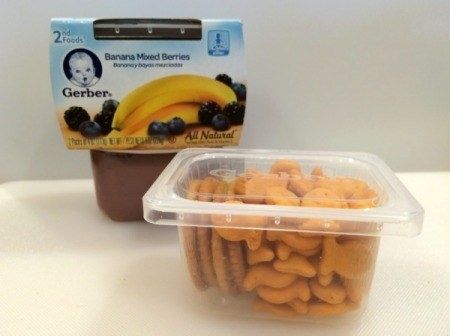
Pathogens in the project facility will be destroyed by nanosecond pulse treatment (so-called "cold pasteurization"), which destroys their shell. “Ion-beam treatment has long been used in the world and in our country for the disinfection of vegetables, berries, and animal products. These technologies are understandable, they comply with all international standards, including the Codex Alimentarius. But to use this method to process a continuous dynamic flow of milk, and not the surface of solid products, is already our know-how, developed jointly with scientists from the Academy of Sciences,” Meisel explained.
It is very important to preserve the activity of whey proteins, to avoid their destruction during processing, but this is not possible when high temperatures are used. Protein denaturation begins after 42 ° C - it is not in vain that there are no divisions on the thermometer higher. Milk after such treatment becomes “empty”, the minimum amount of whey protein can be extracted from it. Therefore, of course, “cold pasteurization” must be dealt with, additional studies must be carried out to prove its effectiveness and safety, it must be prepared for industrial implementation
Therefore, of course, “cold pasteurization” must be dealt with, additional studies must be carried out to prove its effectiveness and safety, it must be prepared for industrial implementation
Crafts from baby formula cans: 8 DIY ideas
If you have accumulated a critical amount of milk formula cans, but you still don’t dare to throw them away, it’s time to give them a second life . We've rounded up 15 cool baby food jar ideas for you!
Mix cans can be used in many different ways. Organizers for pens and pencils, vases for flowers and even holders for towels! All these crafts can be made from ordinary cans of infant formula.
As a reminder, earlier we published 10 ideas for reusing unnecessary plastic toys that will help save the environment.
There are several ways in which baby formula cans can be used. share ideas and life hacks.
Milk formula can holder
Baby formula cans can be used to organize your workplace.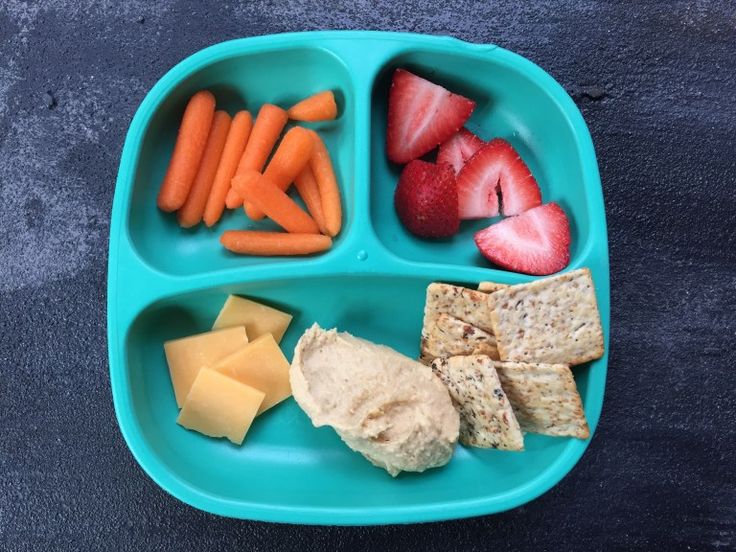 Simply decorate your mix tins with wrapping paper in your favorite color.
Simply decorate your mix tins with wrapping paper in your favorite color.
Another version of the pencil and pen organizer that will give a second life to milk formula jars and decorate your interior.
And how do you like such a strict organizer. It can even be used in the office. It is unlikely that anyone will guess that this is a craft made from cans of infant formula.
Mixture jar organizer
Simple decor for mix tins: grease the tin with glue and tie it with coarse rope. You will make a great accessory for the bathroom. You can also use this decorated mix jar as a flower vase.
Candlesticks from baby formula jars
Candlesticks can be made in several ways: you can pour melted paraffin into a jar.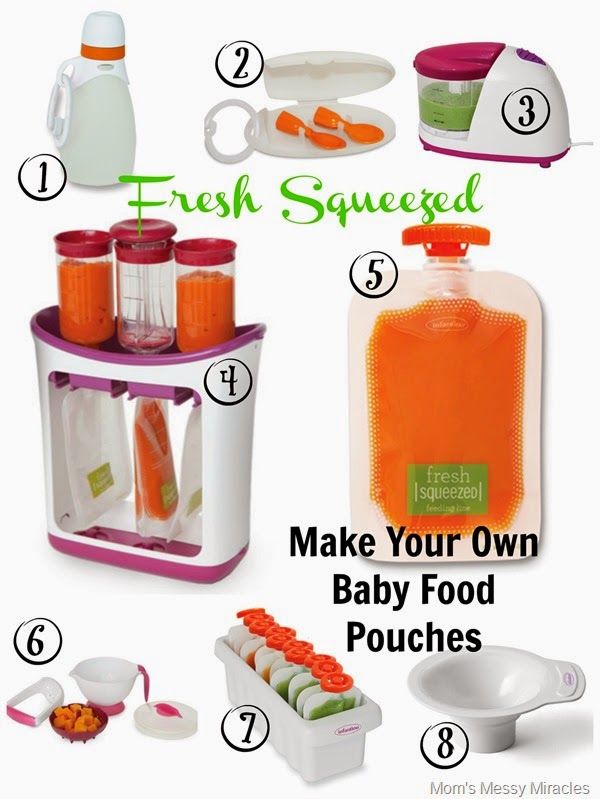 And you can knock out holes in the jar with a nail and a hammer (as shown in the pictures below) - you get an excellent candlestick for a tea candle.
And you can knock out holes in the jar with a nail and a hammer (as shown in the pictures below) - you get an excellent candlestick for a tea candle.
- Category
-
- life style
- Publication date
12 Creative Ways to Use Old Things in New Ways: A Guide for Kids and Parents
Flowerpot
Give a second life to your formula tin. This craft can be made from baby formula cans in a matter of minutes. Here's how: Cut out a paper card to the size you want and stick it on the outside of the jar with spray adhesive. Fill the jar with soil and plant a small succulent.
Here's how: Cut out a paper card to the size you want and stick it on the outside of the jar with spray adhesive. Fill the jar with soil and plant a small succulent.
In the video, you can watch detailed instructions on how to beautifully arrange mixture jars and turn them into original flower pots.
Mobile from baby formula tins
An unusual use of a baby milk can is to make a musical pendant or mobile for a baby, decorating it in bright colors.
Towel Holder
Another idea to use baby formula jars is to turn them into DIY towel holders. And if you also make decoupage of cans from under the mixture, then they will become not just a functional element of the interior, but also an element of bathroom decor.





